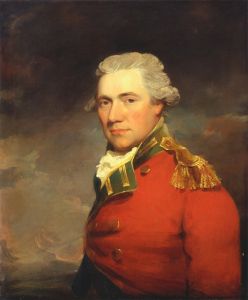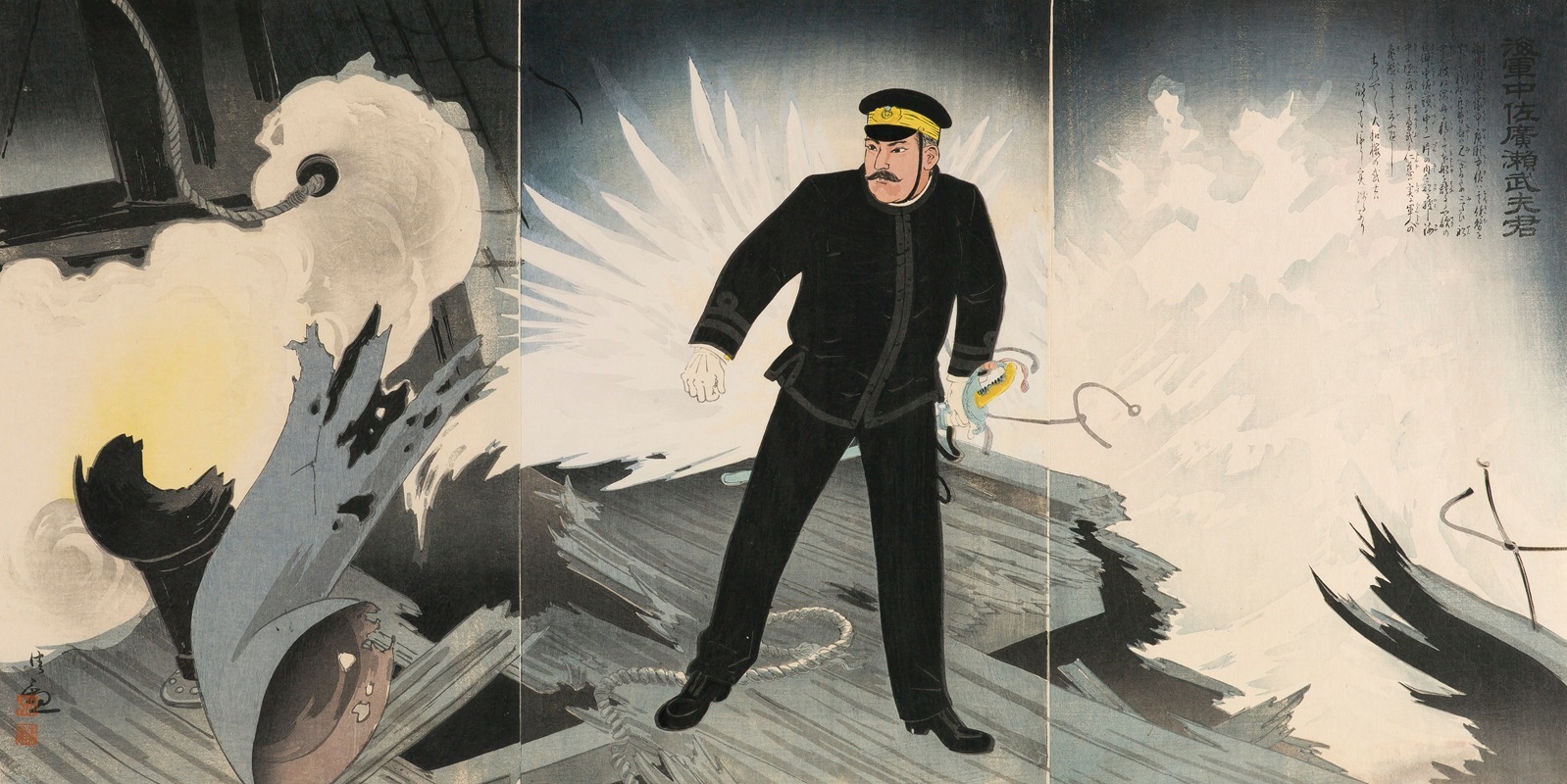
Naval Commander Hirose Takeo
A hand-painted replica of Kobayashi Kiyochika’s masterpiece Naval Commander Hirose Takeo, meticulously crafted by professional artists to capture the true essence of the original. Each piece is created with museum-quality canvas and rare mineral pigments, carefully painted by experienced artists with delicate brushstrokes and rich, layered colors to perfectly recreate the texture of the original artwork. Unlike machine-printed reproductions, this hand-painted version brings the painting to life, infused with the artist’s emotions and skill in every stroke. Whether for personal collection or home decoration, it instantly elevates the artistic atmosphere of any space.
Kobayashi Kiyochika, a prominent Japanese ukiyo-e artist and printmaker of the Meiji era, created the woodblock print Naval Commander Hirose Takeo to commemorate the heroic actions of Hirose Takeo, a celebrated figure in Japanese naval history. Hirose Takeo (1868–1904) was a lieutenant commander in the Imperial Japanese Navy who became a national hero during the Russo-Japanese War (1904–1905). His death during the Port Arthur blockade operation elevated him to legendary status in Japan, symbolizing loyalty, bravery, and self-sacrifice.
The artwork is part of Kiyochika's broader body of work that often depicted scenes of modern warfare, technological advancements, and patriotic themes, reflecting Japan's rapid modernization and military achievements during the Meiji period. Kiyochika is particularly known for his ability to merge traditional Japanese woodblock printing techniques with Western artistic influences, such as the use of perspective and shading, which are evident in this piece.
The print portrays Hirose Takeo in a heroic and idealized manner, emphasizing his role as a naval officer and his ultimate sacrifice. It likely served as a form of wartime propaganda, aiming to inspire patriotism and honor the sacrifices of Japanese soldiers during the Russo-Japanese War. Such prints were widely distributed and played a significant role in shaping public sentiment and national identity during this period.
Hirose Takeo's death occurred on March 27, 1904, during an attempt to block the Russian fleet at Port Arthur (modern-day Lüshunkou, China). He was killed while trying to rescue a fellow sailor after their ship, the Fukui Maru, was hit by enemy fire. His actions were widely celebrated in Japan, and he was posthumously promoted and enshrined as a national hero. The story of his bravery was immortalized not only in visual art but also in literature, songs, and other forms of media.
Kiyochika's depiction of Hirose Takeo reflects the artist's skill in capturing both the individual and the broader cultural significance of his subject. The print is an example of how art was used to document and glorify historical events, blending personal heroism with nationalistic fervor. Today, works like Naval Commander Hirose Takeo provide valuable insights into the cultural and historical context of Japan during the early 20th century.





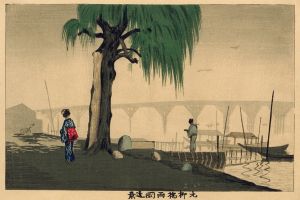
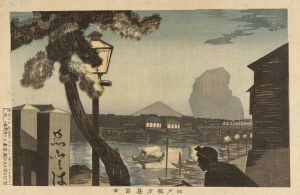
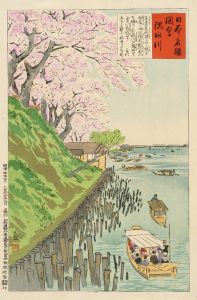
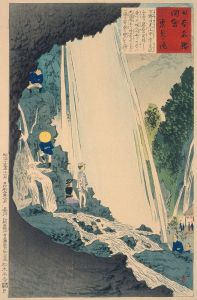
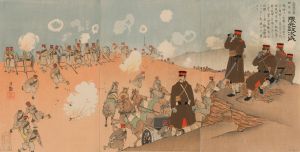
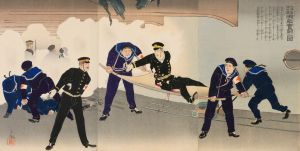
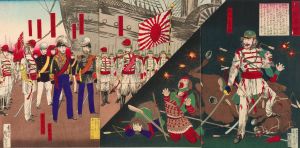
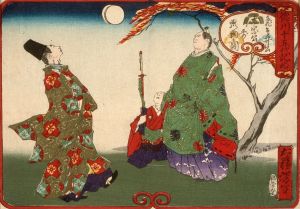
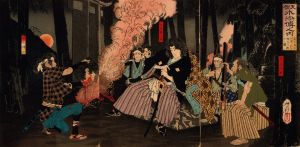
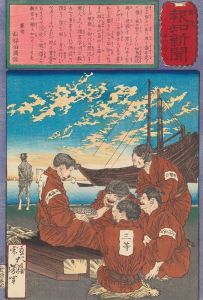
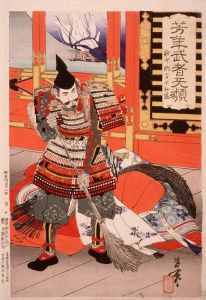
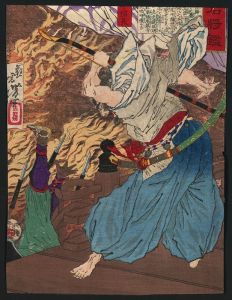
![Musha]taira no tomomori](/imgs/225657/s/tsukioka-yoshitoshi-mushataira-no-tomomori-bb591b96.jpg)
